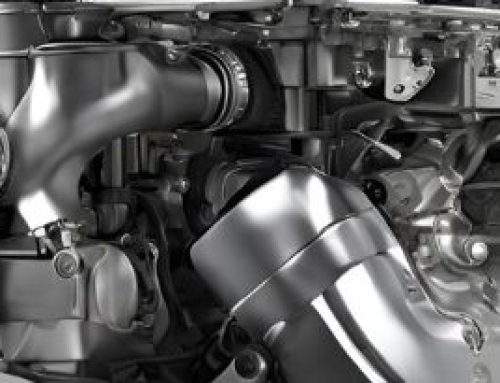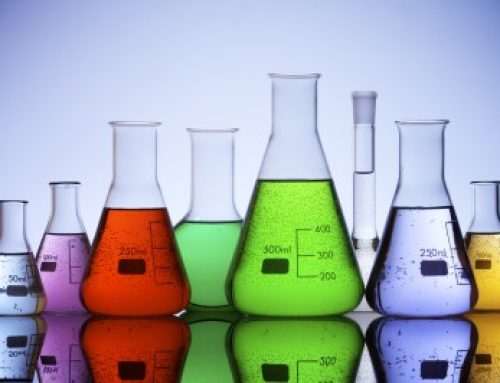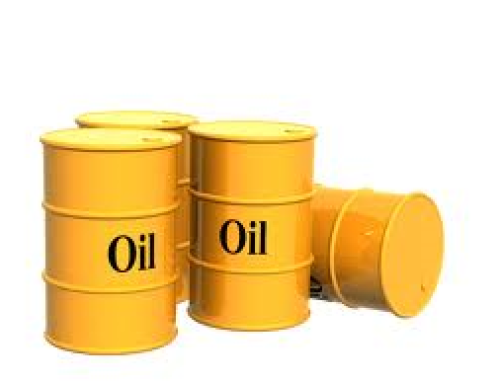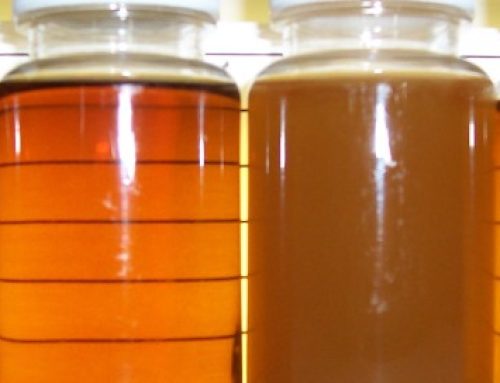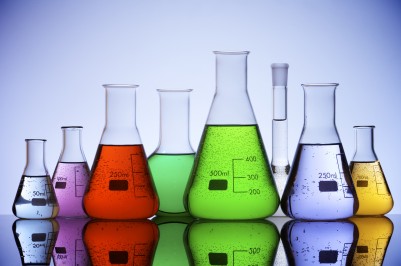Water does not mix with oil. But what exactly does that mean? Yes. Water contamination of oil can be problematic, but how is the amount of water in oil measured? Can its amount be controlled? What are the best options for removing it. In this article, we want to outline what effects water contamination can have on hydraulic and other systems and explain ways to measure, control and remove water.
Water in oil exists in 3 forms. Dissolved water, in the form of emulsions and free water. The point at which the oil is unable to absorb more dissolved water is called the saturation point of the oil. If more water enters the oil its excess will be visible as separated water, or emulsion. Typically if the saturation point is exceeded the oil turns milky in appearance. How much water an oil can hold strongly depends on the quality of the base oil, additive package, operating temperatures and pressure. For example, a highly refined oil with few additives will hold a small amount of water before saturation, about 100 ppm at 70F. On the other hand, an ester-based oil can hold and 3,000 ppm of water at 70F and higher.
Water sources:
Water can get into oil in several ways. It can get into tanks during rainfall through seepage through tank lids, vents or seals like, condensation from the air. Water can also enter the system through leaking heat exchangers, coolers, or direct ingestion of process water from, for example, refrigeration systems, water or steam for washing. The amount of water in a system can be minimized through wise design and good maintenance, but it is difficult and expensive to completely eliminate all sources at risk of leakage.
The effect of water pollution
The presence of water in oil can have wide-ranging negative effects on parts of the system. Surface corrosion is one of the more obvious ones when there is free water in the oil. Accelerated wear of metal surfaces, can be present even when water is completely dissolved in oil. R.E. Cantley conducted (ASLE) a test of bearing wear depending on the content of dispersed water in the oil. The test showed that with a value of 25 ppm of water in the oil, bearing life can be extended by up to five times, compared to oil with 400 ppm of water at 150F.
Another effect of water in oil is the reduction of oil properties (oil film thickness, load resistance, etc.), which can lead to excessive wear.
Water also affects the physical properties of the oil like viscosity, lubricity or load carrying capacity. Even a minimal amount of water can affect chemical properties like thermo-oxidative stability or prior neutralization of additives.
Setting a water limit
For most oils, the appropriate control level is set at 50% carbonation or less. The level should be set where possible at the lowest predictable operating temperature (most oils can absorb less water at lower temperatures). 50% carbonation provides a safe margin to prevent surface corrosion or loss of oil properties due to the presence of water. In addition, it slows down all chemical reactions that depend on water as one of the reactants
Methods of eliminating water from the system
Integral to the inspection is the ability to effectively remove water from the oil.
Emptying: Most oil systems have tanks large enough that the oil has time to separate from the water that will sink to the bottom. Regularly checking and, if necessary, skimming the bottom of the tank of water and other debris is the least expensive way to remove free water.
Centrifuge: Separation of water from oil by centrifugal force uses the difference in specific gravity of water and oil to separate. This method can remove free water and some emulsified water (depending on the stability of the emulsion), but will not remove dissolved water. Centrifugal force is suitable for oil purification, but requires excellent demulsification from the oil. High maintenance and investment costs as well as high power consumption of the equipment are drawbacks of this technology.


